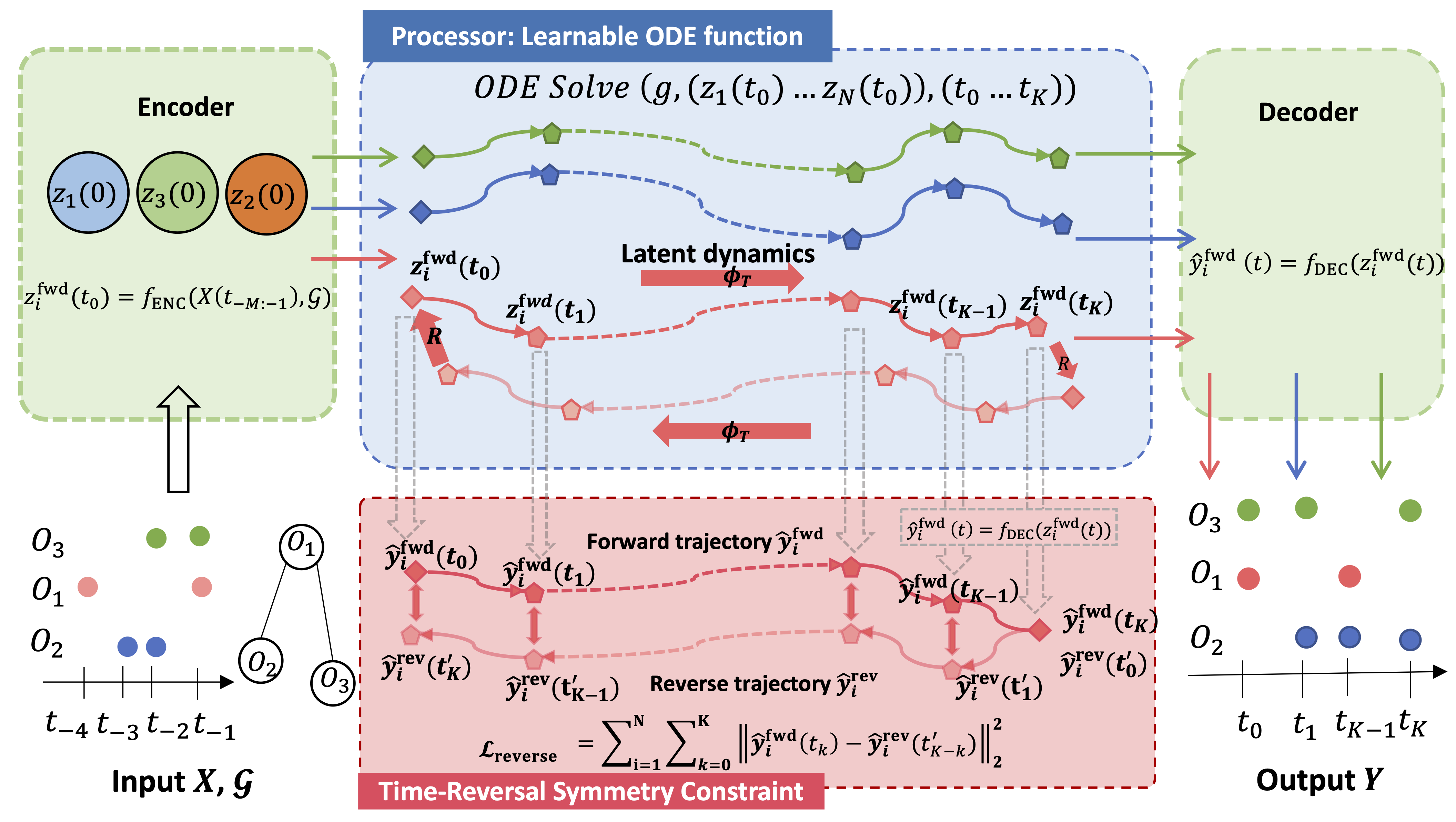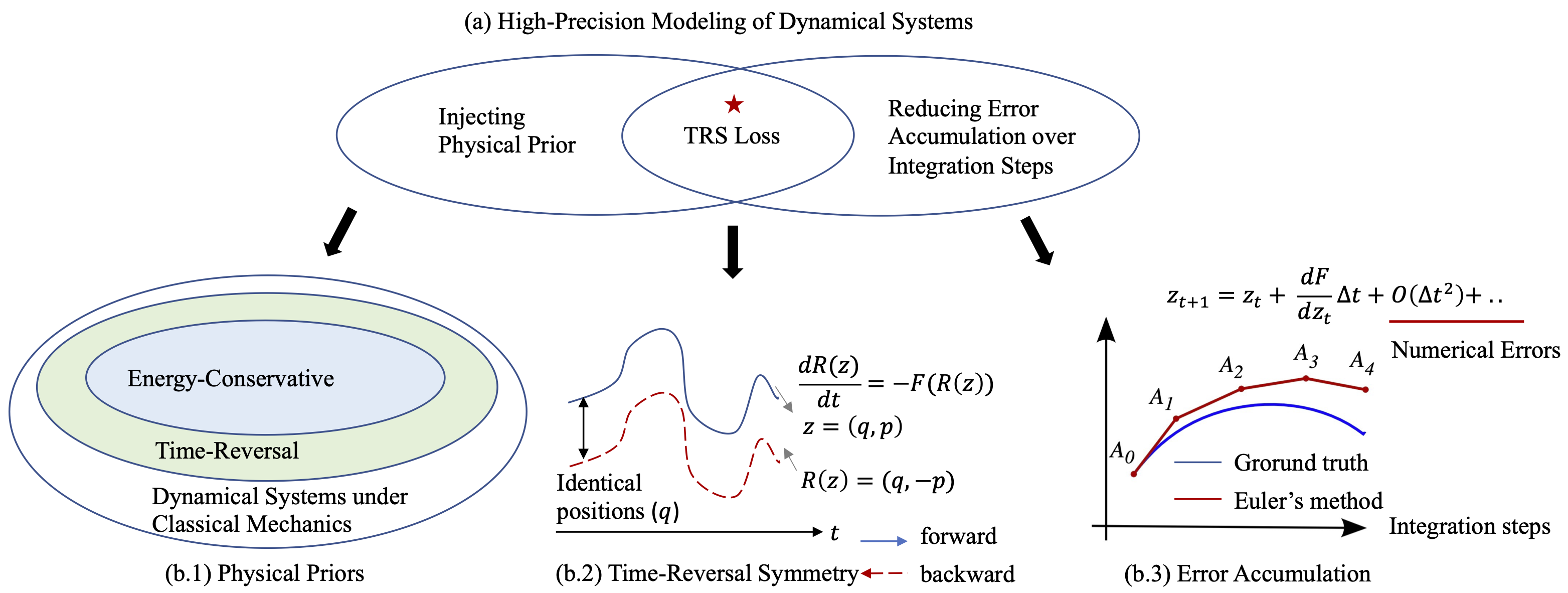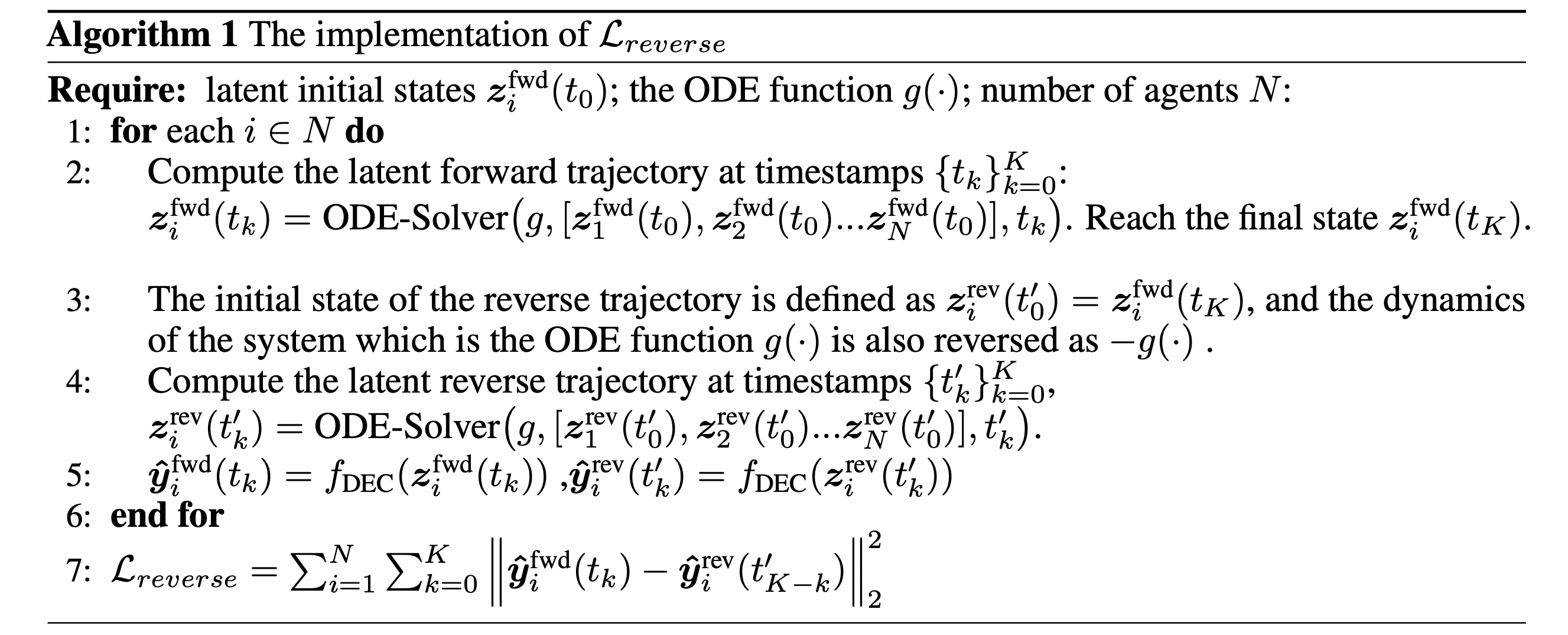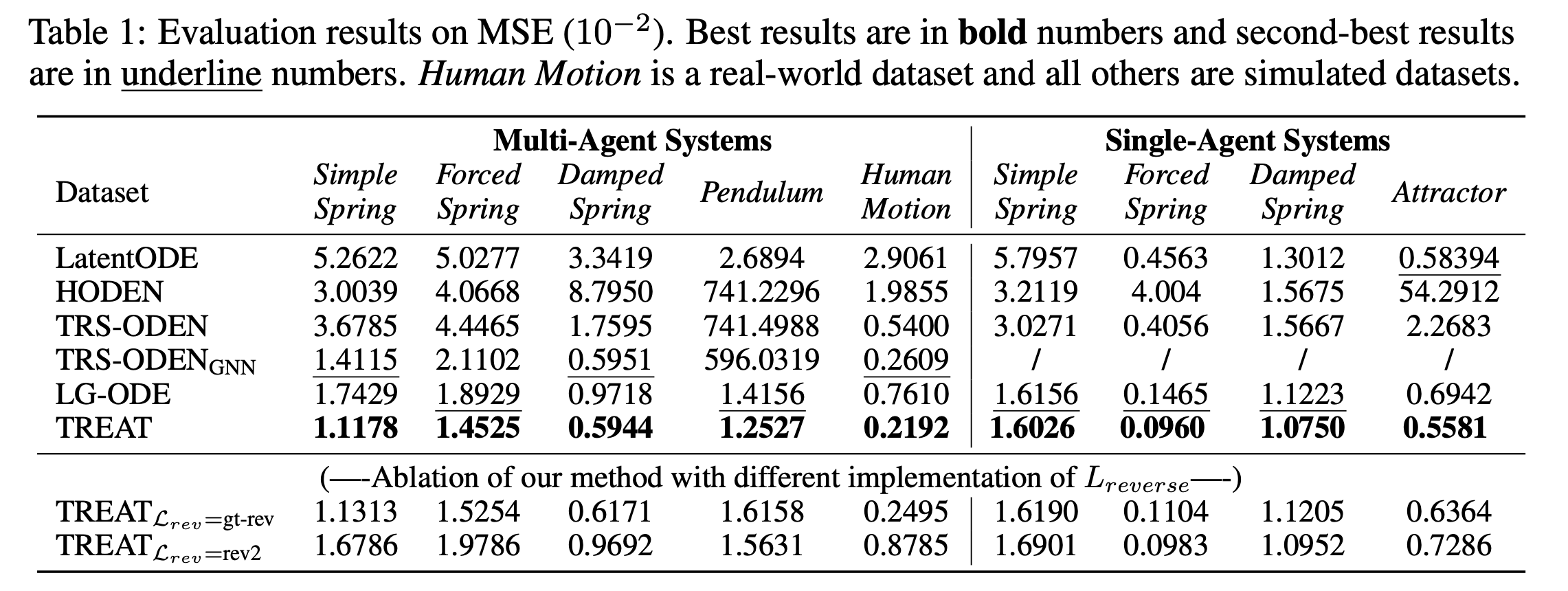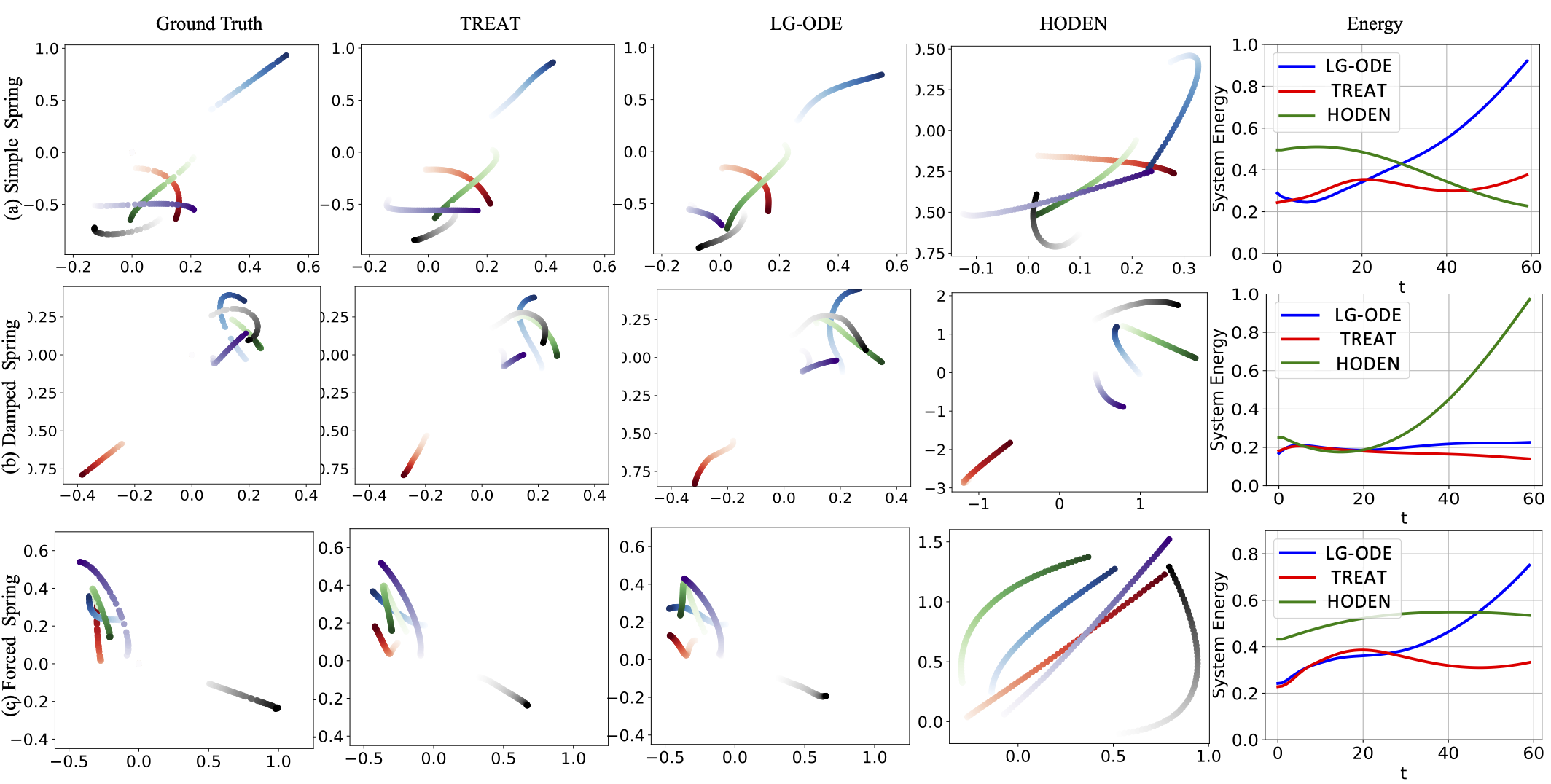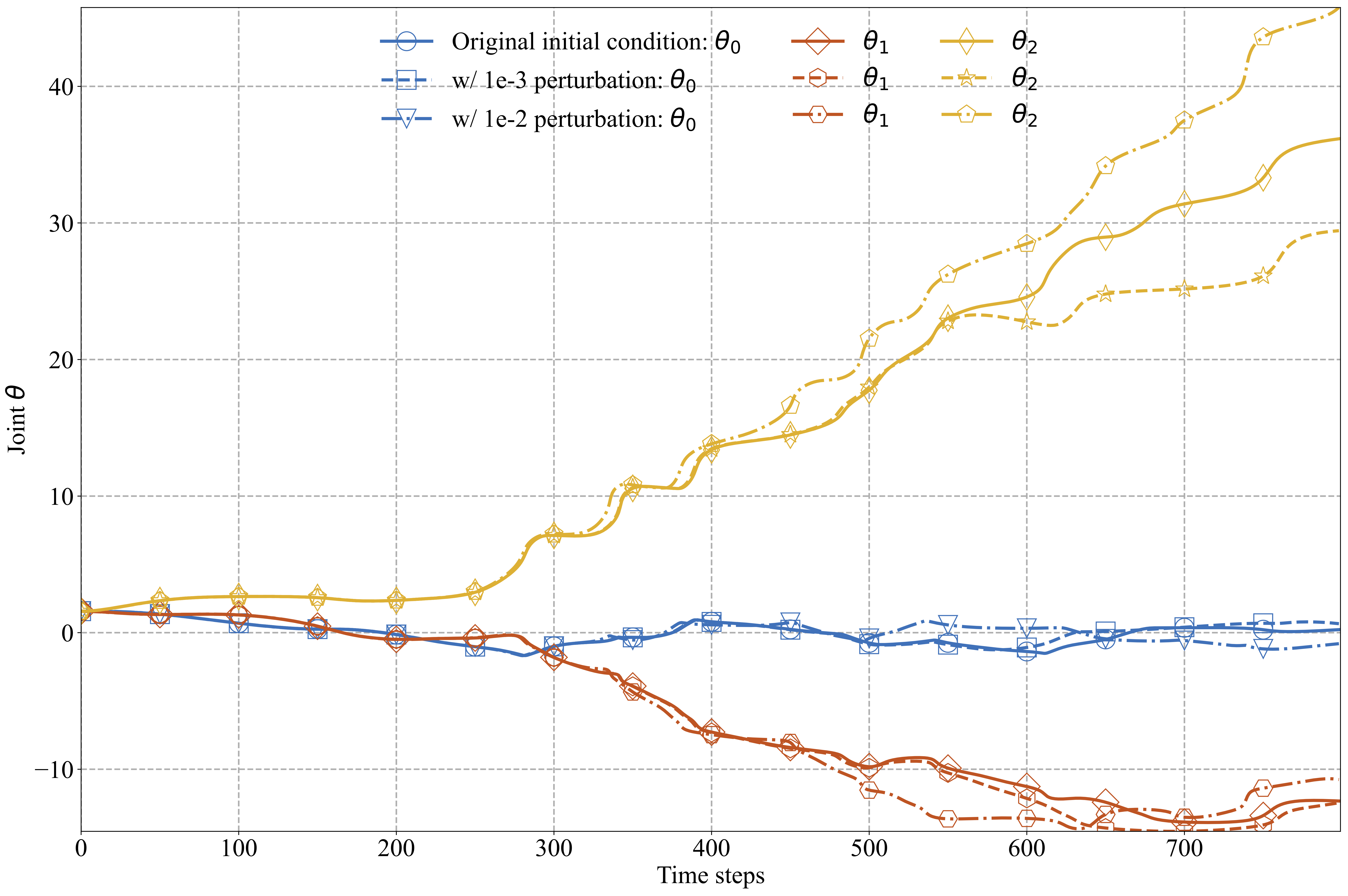BibTeX
@article{huang2023tango,
title={TANGO: Time-Reversal Latent GraphODE for Multi-Agent Dynamical Systems},
author={Huang, Zijie and Zhao, Wanjia and Gao, Jingdong and Hu, Ziniu and Luo, Xiao and Cao, Yadi and Chen, Yuanzhou and Sun, Yizhou and Wang, Wei},
journal={arXiv preprint arXiv:2310.06427},
year={2023}
}
@article{huang2024physics,
title={Physics-informed regularization for domain-agnostic dynamical system modeling},
author={Huang, Zijie and Zhao, Wanjia and Gao, Jingdong and Hu, Ziniu and Luo, Xiao and Cao, Yadi and Chen, Yuanzhou and Sun, Yizhou and Wang, Wei},
journal={arXiv preprint arXiv:2410.06366},
year={2024}
}
